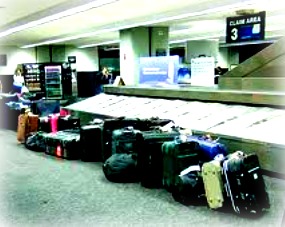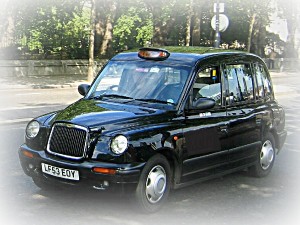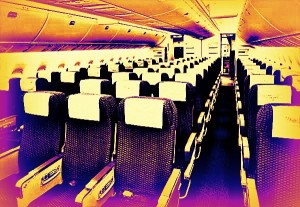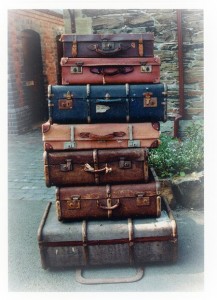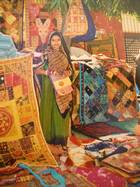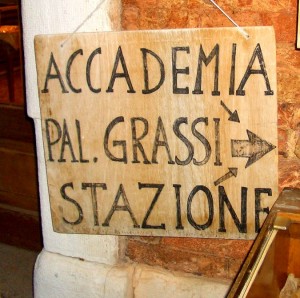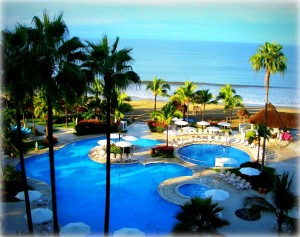 Airline employees often get reduced rates at hotels, but anyone can negotiate a better deal. Booking a room? Check travel agency and hotel websites and then call the front desk directly, not the 800 number, to compare prices. Inquire about specials and promotional packages, or extras like meals and spa treatments. Hotels catering to business travellers often have cheaper rates on weekends. You can also ask about discounts for multi-night stays or money saving extras like complementary breakfast.
Airline employees often get reduced rates at hotels, but anyone can negotiate a better deal. Booking a room? Check travel agency and hotel websites and then call the front desk directly, not the 800 number, to compare prices. Inquire about specials and promotional packages, or extras like meals and spa treatments. Hotels catering to business travellers often have cheaper rates on weekends. You can also ask about discounts for multi-night stays or money saving extras like complementary breakfast.
Find the best hotel room
Once you arrive, ask again about incentives. If premium rooms are still unsold you may be able to upgrade for less than had you reserved in advance. Steer clear of noisy accommodation next to icemakers, elevators and service areas. Since costs are the same for most rooms in a category, location can make the difference between a memorable or miserable stay.
For a recent trip to Barbados, I booked a regular room, even though plenty of premium accommodation was available. Upon check-in, I mentioned that it was my husband’s first trip to the island and I was really hoping he’d like to return. That comment may have initiated the free upgrade we received, though I was prepared to ask the manager if we could pay slightly more for a superior room.
Discount travel eats and treats
High-end hotels have high-end charges for everything, including meals and sightseeing. Walk a few blocks away from swanky digs and touristy spots and you’ll find lower prices. Even then, continue to press for discounts. A tour operator in New Orleans didn’t have an airline rate but gave me a CAA deal.
While you should accept a complementary breakfast, pass on paying for one. High-end hotels have high-end prices for everything, including food and sightseeing. Walk a few blocks away from swanky digs and touristy spots and continue to look for discounts. A tour operator in New Orleans couldn’t offer an airline rate but gave me a CAA deal.
Be aware that gratuities are included in many overseas restaurants and servers often push pricey bottled water when the local stuff is perfectly acceptable. My waitress grumbled “doggie water,” when I ordered tap water in Mainz. “Pour away,” I replied. “I know that Germans love their dogs.”
Save money at museums and art galleries
Take out your card, not your cash, when visiting an art gallery or historic home. Reciprocal agreements are frequently available to members of museums and galleries. Canadian Heritage members have free access to any National Trust property in Australia, the United States and the U.K. Reduced prices in their shops and restaurants are sometimes included.
Now you know how to create your own discounts, without travelling standby!
© 2011 – 2013, My Flying Fingers. All rights reserved.

